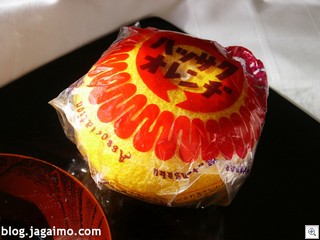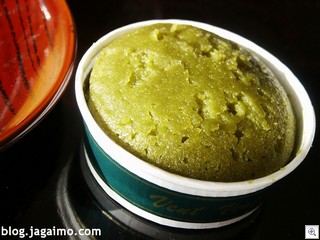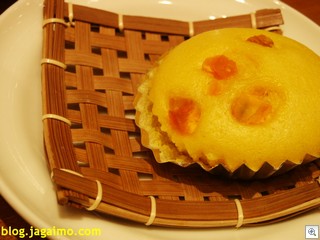We made a little trip to Mashiko on the weekend before coming back to Seattle.
We went, in part, so that I could replenish my ever-shrinking ceramics collection on YuzuMura.com. I was also looking for some new artists to consider for later in the year.
Minowa Yasuo passed away a couple years ago, so I haven't been able to buy anything he made for a long time. Besides, my original plan to sell my ceramics to galleries morphed into a mostly web-based sales model. My previous habit of buying a few remarkable pieces per artist doesn't work very well on the web, since the burden of photographing something I only have one or two examples of becomes rather exhausting. By next year, I expect I'll have fewer choices but a better ability to handle larger orders for them.
Large bowl by Akutsu Masato
During Golden Week, Mashiko has one of two annual pottery festivals, so many artists and production kilns were out showing off their wares. We made our way to my favorite galleries first, and we were pleased to stumble upon a show by Akutsu Masato and the rest of his family at Moegi. I hadn't done much advance planning on this trip, so it was a good coincidence... I discovered that I brought the wrong contact information for him anyway, so if it hadn't been for the show at Moegi I might not have been able to get hold of him.
Masato's father, who is incredibly charming, also had some very nice pieces at the family show, and Masato's mother's work is very compelling as well, so now I'm considering importing work from the whole family... While all three seem to work from a related palette, they each have very distinctive styles.
I also discovered some Minowa Yasuo pieces at one gallery, and I was so surprised by that that I ended up buying a number of pieces. It will become increasingly difficult to find anything else he made, so I took advantage of the opportunity.
Fortunately, the gallery was kind enough to extend me a reseller price, which means I'll be able to offer the new pieces at roughly the same price as similar items I still have in stock. I was expecting I'd have to dramatically raise prices on the new pieces, but it doesn't look like I'll have to.
One unfortunate side effect of my good fortune on this trip was that I didn't have time to meet up with Senda Yoshiaki, and I couldn't buy any of his pieces on this trip. I am almost completely out, so I really need to do something about that. I think I'll send Hiromi to Mashiko once before fall to remedy that.
I didn't buy a huge amount of ceramic pieces on this trip, but enough that it wasn't possible to transport things on my back... so I have to wait a few weeks before things arrive. I'm looking forward to it...





























